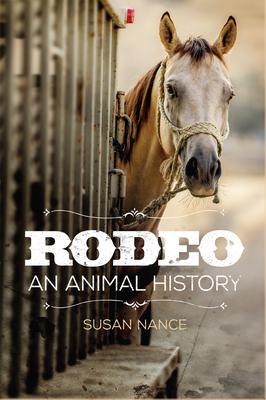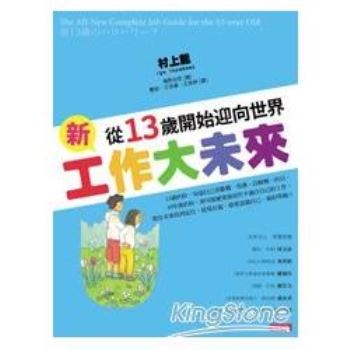"What would rodeo look like if we took it as a record, not of human triumph and resilience, but of human imperfection and stubbornness?" asks animal historian Susan Nance. Against the backdrop of the larger histories of ranching, cattle, horses, and the environment in the West, this book explores how the evolution of rodeo has reflected rural western beliefs and assumptions about the natural world that have led to environmental crises and served the beef empire. By unearthing behind-the-scenes stories of rodeo animals as diverse individuals, this book lays bare contradictions within rodeo and the rural West.
| FindBook |
有 1 項符合
Rodeo, 3: An Animal History的圖書 |
 |
Rodeo, 3: An Animal History 作者:Nance 出版社:University of Oklahoma Press 出版日期:2022-05-10 語言:英文 規格:平裝 / 312頁 / 普通級/ 初版 |
| 圖書館借閱 |
| 國家圖書館 | 全國圖書書目資訊網 | 國立公共資訊圖書館 | 電子書服務平台 | MetaCat 跨館整合查詢 |
| 臺北市立圖書館 | 新北市立圖書館 | 基隆市公共圖書館 | 桃園市立圖書館 | 新竹縣公共圖書館 |
| 苗栗縣立圖書館 | 臺中市立圖書館 | 彰化縣公共圖書館 | 南投縣文化局 | 雲林縣公共圖書館 |
| 嘉義縣圖書館 | 臺南市立圖書館 | 高雄市立圖書館 | 屏東縣公共圖書館 | 宜蘭縣公共圖書館 |
| 花蓮縣文化局 | 臺東縣文化處 |
|
|
圖書介紹 - 資料來源:博客來 評分:
圖書名稱:Rodeo, 3: An Animal History
內容簡介
|











